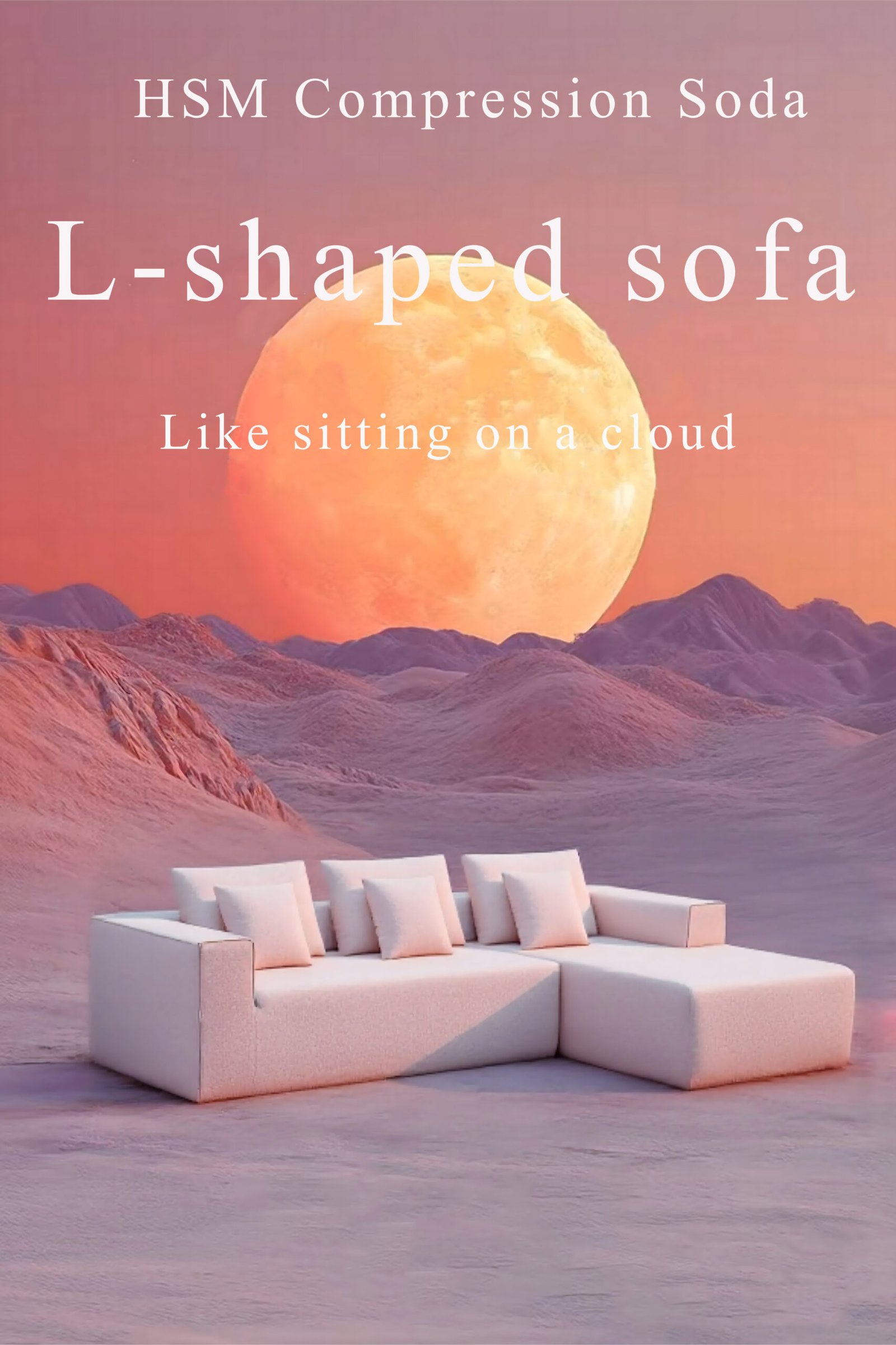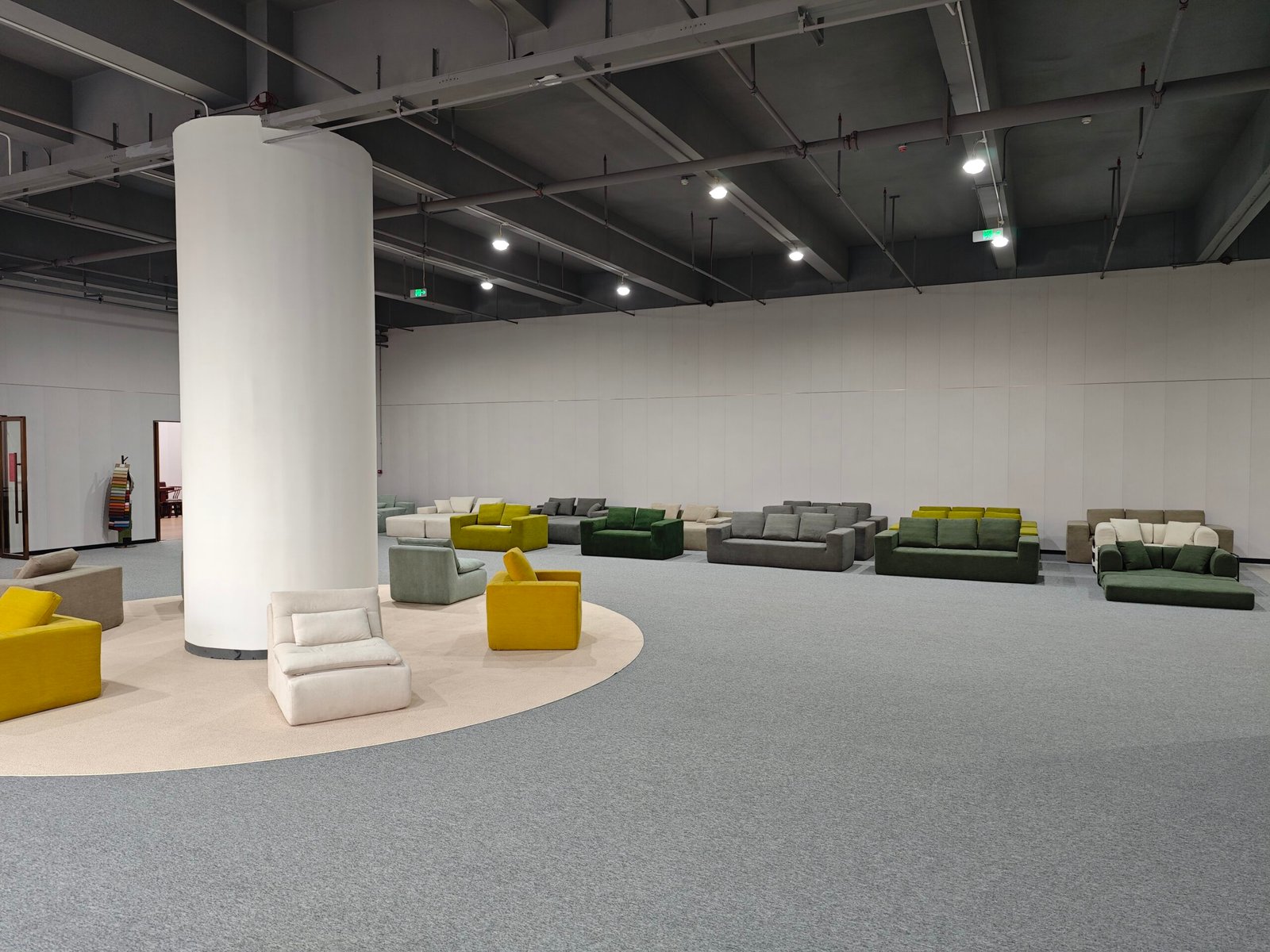
All sofa fabrics are not created equal. Some feel sleek but scratchy. Others feel soft but wear out fast. So how do you choose between polyester and non-woven materials?
Polyester and non-woven fabrics each offer unique benefits in sofa manufacturing—understanding their differences helps you choose the right one for comfort, durability, and price.
I’ve used both materials in compressed sofa production. What I’ve learned? The "right" fabric depends entirely on the intended use and user expectations.
What’s the difference between polyester and non-woven fabrics?

It starts with how they’re made.
Polyester is a synthetic woven fabric made from plastic-based fibers. Non-woven fabric is made by bonding or felting fibers together—without weaving or knitting.
This manufacturing difference affects everything from durability to breathability.
Quick Comparison Table
| Feature | Polyester Fabric | Non-Woven Fabric |
|---|---|---|
| Structure | Woven yarns | Fused fibers (random direction) |
| Durability | Very high | Medium to high (depends on GSM) |
| Breathability | Moderate | Higher (if loosely bonded) |
| Visual Style | Sleek, smooth | Matte, soft, textile-like |
| Use Case | Main upholstery | Backing, lining, hidden zones |
Most high-use sofas use polyester on the surface and non-woven fabric for internal support layers or the underside.
Which fabric feels more comfortable?

Comfort is personal—but it depends on how the fabric feels on your skin and how it interacts with airflow.
Polyester feels smooth, firm, and cool. Non-woven feels soft, matte, and more breathable.
If you’re after a structured, modern look with easy wipe-downs, polyester wins. If you prefer a plush, soft feel with a matte texture, non-woven may suit better—though it’s usually not the top layer on high-end sofas.
Comfort Profile
| Attribute | Polyester | Non-Woven |
|---|---|---|
| Skin feel | Smooth, synthetic | Soft, cotton-like |
| Airflow | Moderate | Higher (varies by type) |
| Temperature hold | Cooler | Warmer in contact |
In our experience, combining both works best: polyester on top, breathable non-woven underneath.
Which one lasts longer?

Durability is key—especially for sofas in family rooms, rentals, or commercial use.
Polyester is more durable for daily wear. It resists stretching, tearing, and UV fading better than most non-wovens.
Non-woven fabrics are durable too, but their strength depends on GSM (grams per square meter) and bonding method. Melt-blown or spunbonded types are stronger but still not as rugged as a woven polyester.
Abrasion Resistance
| Material | Martindale Score (avg) |
|---|---|
| Polyester | 25,000–100,000 |
| Non-Woven | 10,000–30,000 |
For heavy-use sofas or compressed models, polyester is the safer pick.
Which is easier to clean?

No one wants a fabric that stains on day one.
Polyester is hydrophobic—it resists liquid and is easier to spot clean. Non-woven fabrics absorb more, making them harder to clean.
However, some non-woven fabrics come treated with coatings to repel liquids and reduce absorption.
Cleaning Score
| Feature | Polyester | Non-Woven |
|---|---|---|
| Stain Resistance | ⭐⭐⭐⭐ | ⭐⭐ |
| Washable Covers | Yes | Sometimes |
| Pet Hair Removal | Easy | Moderate |
For families with kids or pets, polyester holds the advantage.
Which one looks better?

Looks matter. The fabric you choose shapes your room's vibe.
Polyester offers bold color, sleek texture, and modern finishes. Non-woven gives a softer, matte look—ideal for hidden parts or minimal designs.
In most showrooms, what you touch is polyester. Non-woven hides underneath cushions or supports the sofa frame.
Fabric Visual Traits
| Style Preference | Choose Polyester If… | Choose Non-Woven If… |
|---|---|---|
| You want shine | You like gloss and structure | You like matte and softness |
| You want texture | You like smooth woven finishes | You like felt-like natural styles |
| You want bold | You want deep colors and tight seams | You want muted or blended tones |
We often recommend polyester for sofa exteriors and non-woven for linings.
Which is more eco-friendly?

Good question. Both materials are synthetic—but some eco options exist.
Polyester now comes in recycled PET (plastic bottle) versions. Non-wovens can be biodegradable—but not always.
What matters is how it’s sourced and processed. Always check for certifications like OEKO-TEX or GRS (Global Recycled Standard) if sustainability is a priority.
Environmental Insight
| Fabric | Can be recycled? | Biodegradable? |
|---|---|---|
| Polyester | Yes (if PET) | No |
| Non-Woven | Sometimes (natural fibers) | Sometimes (viscose blends) |
In our factory, we’ve started switching to recycled polyester covers for all compressed sofa models by default.
Conclusion
Polyester offers superior durability and bold design flexibility—perfect for outer sofa layers. Non-woven fabric brings breathability and softness—ideal for interior use. Together, they create sofas that look good, feel good, and last longer.